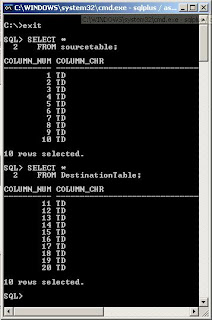Last two month I have spent most of time to Debugging T-SQL code. Some certain situation I have noticed T-SQL Debugging given errors. When I’m working only my own SQL server instance, it’s (T-SQL Debugging) working without any problem. But when I’m connected different server and execute procedures with T-SQL Debugging then it will gives me following error,
Unable to start T-SQL debugging. Could not attach to SQL Server process on ’YOUR SERVER’ .click help for more information.
I have work with T-SQL debugging many times but first time I have notice above error. I try to find some information about this error, but I could not found good relative information. Finally I have decided compare my server configuration with error given server instance configuration. Microsoft categorizes most of above errors under [configuration problem]/ [security problem]. So my security comparison gives me the answer for above error.
The problem is I have working under domain account. I connected in above error given server instance using “SA“ user, the problem is “SA” user cannot execute above server T-SQL debugger. In that case I have created my domain account login to above error given SQL server instance.
CREATE LOGIN [DOMAIN\login name] FROM WINDOWS WITH DEFAULT_DATABASE=[master], DEFAULT_LANGUAGE=[us_english]
GO
Great now it’s working. If anyone have above T-SQL Debugging error hope this post will help you!!!
















